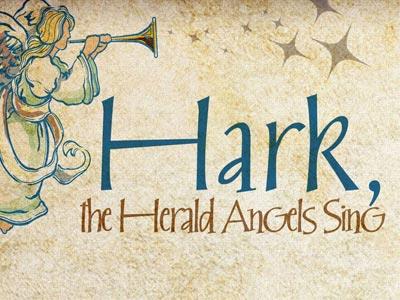-
Hope In The Midst Of Chaos Series
Contributed by Pat Damiani on Nov 28, 2017 (message contributor)
Summary: We can have hope in the midst of chaos because God knows us, protects us and equips us.
In the midst of an economic recession, moral decay and the threat of terrorism both at home and abroad, it’s not surprising that Americans are increasingly losing hope about the future. A December 2009 CNN/Opinion Research poll found that 69% of Americans were hopeful about their future and 51% were hopeful about the future of the world. Those numbers seem pretty good until you compare them to the same poll taken 10 years earlier when 85% were hopeful about the future of the country and 68% hopeful about the future of the world.
A more recent Fox News poll (April 2010) found that 57% of poll respondents believe that life for the next generation of Americans will be worse than life today. That is up significantly from the 39% who held that opinion only 8 years ago.
Last week, as we came to the end of Revelation 6, we saw that same kind of hopelessness expressed in the last verse of the chapter:
… for the great day of their wrath has come, and who can stand?”
Revelation 6:17 (ESV)
This morning, as we come to Revelation 7, we find the first of several interludes that are a common feature of the book. In chapter 6, we see the opening of the first six seals. And that certainly isn’t a very hopeful picture as we observe the events that occur when Jesus’ kingdom presses in on the world – false Christs, conquest, war, famine, pestilence and death. No wonder those in the midst of that chaos ask “Who can stand?”
But in chapter 7, we find hope in the midst of chaos as John records two visions that answer that question by revealing that there will be those who can stand, even in the midst of these horrible events. And, even more importantly for us, he provides us with some practical guidance on how we can have hope in the midst of chaos.
We’ll deal with the first of these visions today and then cover the second next week. Turn in your Bibles to Revelation 7 and follow along as I read the first 8 verses:
1 After this I saw four angels standing at the four corners of the earth, holding back the four winds of the earth, that no wind might blow on earth or sea or against any tree. 2 Then I saw another angel ascending from the rising of the sun, with the seal of the living God, and he called with a loud voice to the four angels who had been given power to harm earth and sea, 3 saying, “Do not harm the earth or the sea or the trees, until we have sealed the servants of our God on their foreheads.” 4 And I heard the number of the sealed, 144,000, sealed from every tribe of the sons of Israel:
5 12,000 from the tribe of Judah were sealed,
12,000 from the tribe of Reuben,
12,000 from the tribe of Gad,
6 12,000 from the tribe of Asher,
12,000 from the tribe of Naphtali,
12,000 from the tribe of Manasseh,
7 12,000 from the tribe of Simeon,
12,000 from the tribe of Levi,
12,000 from the tribe of Issachar,
8 12,000 from the tribe of Zebulun,
12,000 from the tribe of Joseph,
12,000 from the tribe of Benjamin were sealed.
The identification of the 144,000 is one of the most difficult and one of the most abused topics in the entire book of Revelation and this passage has been used to teach all kinds of perverted theology. The Jehovah’s Witnesses, for example, claim that this passage proves that only 144,000 people, who they call the “Anointed”, will reign in heaven with God and that the rest of the faithful will live forever on a paradise earth.
We could easily spend weeks, or even months, studying all the possible options regarding the identification of the 144,000, but frankly that would merely be an exercise in futility since our efforts really wouldn’t result in learning anything at all about how to have hope in the midst of chaos, which is really what this passage is all about.
On the other hand, the identification of the 144,000 is not something that we can just ignore altogether. So what I’m going to do this morning is to address that topic briefly, but then focus the majority of our time on practical ways for us to have hope in the midst of chaos.
THE IDENTIFICATION OF THE 144,000
Although, as I mentioned, there are numerous opinions about who the 144,000 are, there are really only two that can be supported in any way by the text.
The first option is that the numbers here are symbolic – both the 12,000 from each tribe and the total of 144,000. If that is the case, then each person is pretty much free to determine what the numbers symbolize. The most common interpretation among those who hold to this view is that the 144,000 represent the church in some manner. Many of these commentators make well reasoned arguments, citing appropriate Scriptures to support their view.

 Sermon Central
Sermon Central



